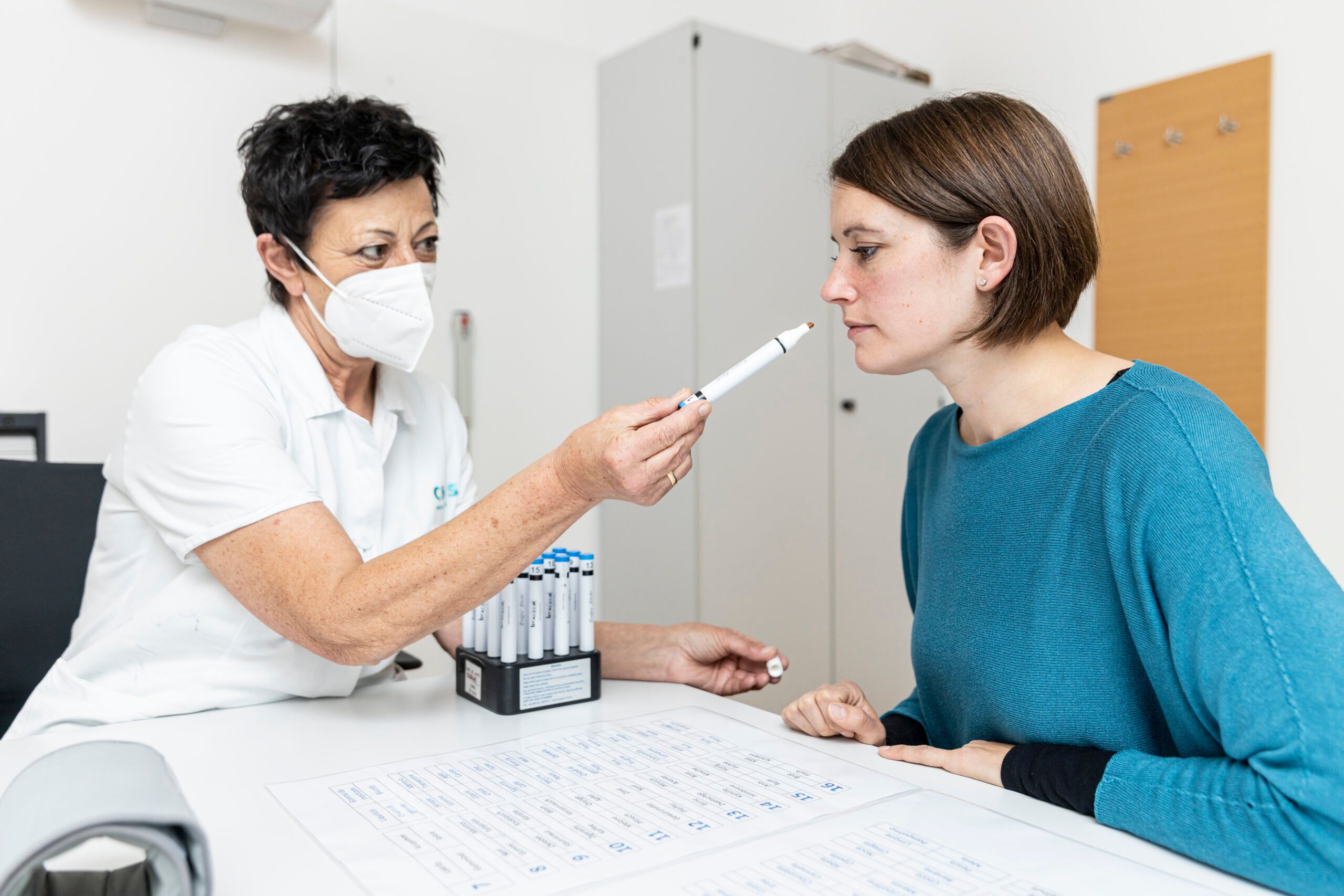We may not always notice it, but our bodies constantly release a cocktail of chemicals through our pores and breath. Some of these odours, known as volatile organic compounds (VOCs), can serve as early warning signals of disease—sometimes years before symptoms appear.
One of the most remarkable examples of this discovery came from Joy Milne, a 74-year-old retired nurse from Scotland, whose extraordinary sense of smell has reshaped the way scientists think about diagnosing illnesses.
Milne first noticed a change in her husband’s scent long before he was diagnosed with Parkinson’s disease. She described the smell as a distinct musky odour, and later, when she attended a support group for Parkinson’s patients, she realised that many shared the same scent.
At first, researchers were sceptical. Analytical chemist Professor Perdita Barran, then at the University of Edinburgh, admitted she thought the claim sounded like nonsense. But when Milne was tested under controlled conditions, her accuracy shocked the scientific community.
She was asked to smell 12 T-shirts—six worn by Parkinson’s patients and six by healthy individuals. She correctly identified all six patients and even detected Parkinson’s in a person who had not yet been diagnosed. That individual later developed the disease.
News of Milne’s “super-smeller” ability made headlines worldwide in 2015, and since then, scientists have been working to replicate her natural talent through technology.
How Smell Links to Disease
Our metabolism constantly produces by-products—metabolites—some of which are volatile and can escape through skin, breath, or bodily fluids. In healthy people, this mix of VOCs is stable, but illness alters it.
- Diabetes during hypoglycemia can cause a fruity, “rotten apple” breath smell due to ketones.
- Liver disease can give breath a musty or sulphurous odour.
- Kidney disease sometimes produces ammonia-like or fishy breath.
- Tuberculosis may make breath smell like stale beer and skin like wet cardboard.
While humans can sometimes detect strong odours linked to disease, most VOC changes are too subtle. This is why dogs, with their olfactory power up to 100,000 times greater than humans, have been trained to detect cancers, malaria, epileptic seizures, and Parkinson’s disease with remarkable accuracy.
Read Also: Ghana Records 18 New Mpox Cases, Total Reaches 346
Towards Non-Invasive Medical Testing
Inspired by Milne, Barran and her team are analysing sebum, an oily substance secreted by skin, using gas chromatography-mass spectrometry. Out of 25,000 skin compounds, they’ve identified about 30 molecules consistently linked to Parkinson’s disease, many related to disrupted lipid metabolism.
The goal is to develop a simple, non-invasive skin swab test that could detect Parkinson’s years earlier than traditional methods. This would allow general practitioners to triage patients quickly and refer them to neurologists for faster treatment.
Other scientists, like physicist Andreas Mershin of RealNose.ai, are developing “robotic noses” capable of replicating the abilities of super-smellers and trained dogs. Meanwhile, researchers in the US are investigating how concussions and brain injuries release VOCs that could be detected through urine samples.
The Future of Diagnosis
From Parkinson’s to cancer and brain injuries, the study of scent is opening new frontiers in medicine. As Prof. Barran explains:
“What we want is a very quick, non-invasive test that will allow someone to be triaged effectively.”
For Joy Milne, her unusual gift has transformed the lives of many and sparked a revolution in how doctors may one day diagnose diseases—using nothing more than the scents our bodies naturally give off.

